Late August sees the beginning of the end of the cricket season, with many schools now gearing up for their winter sports programmes, particularly getting their football and rugby pitches ready for play - while at the same time renovating their cricket pitches.
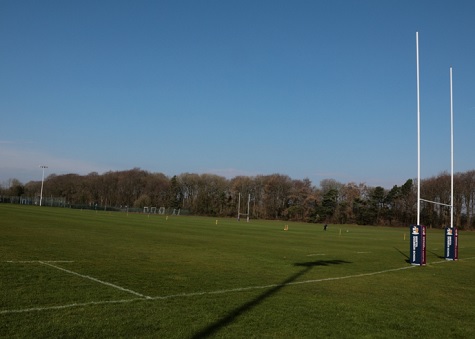
School rugby pitch
As for cricket clubs, they should be well into planning their end of season renovations and ordering materials and contacting contactors to ensure the work can be completed as soon as their cricket season ends. This message is also pertinent for bowls clubs, whose season will generally be ending in September.
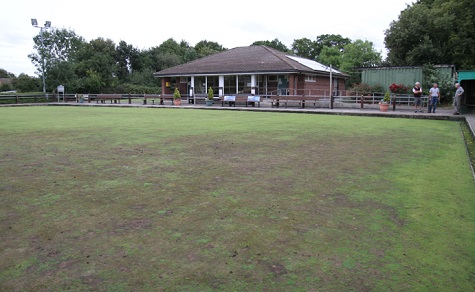
A Thatch laden bowling green in need of a good end of season renovation
For both sports it is imperative they carry out a thorough end of season renovations.
This generally involves the need to scarify in two or three directions, at least to remove any excess thatch and dead material and leave a key for seed to be sown into. If conditions allow, it will be beneficial to aerate and then topdress to restore levels. The level of materials will depend on the severity of the work required.
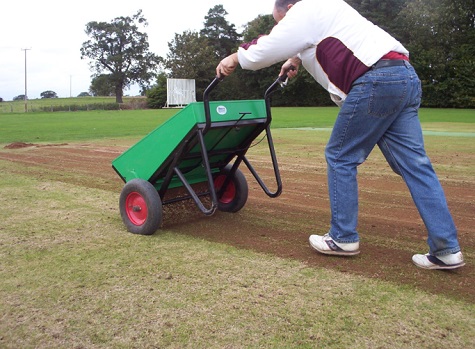
Top dressing a cricket square
Do not skimp on this work. It is important that you invest in your playing surfaces and ensure the work is done to a high standard to get the best results. Cost of materials and seed have gone up, but in the end it will be well worth the investment to ensure you carry out a proper end of season renovation.
Play area crisis
As for other news I was sad to see a story in the both the Mirror and Guardian newspapers on the plight of parks and public open spaces regarding the provision of play equipment. As an ex-parks manager I know only too well the importance of these play spaces in the community. It has become a sad indictment that local authorities have had to reduce their spending on play provision and the general upkeep of their parks.
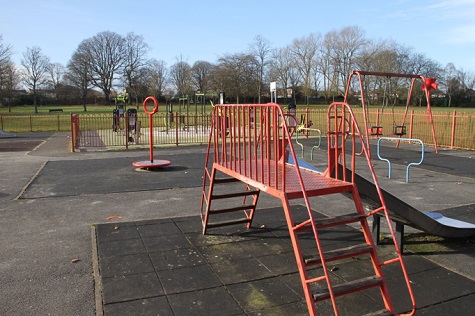
Old play equipment
The Guardian stated that playgrounds around England are falling to pieces, missing large pieces of play equipment, or simply being locked up, as councils facing huge budget cuts struggle to maintain them. England’s playgrounds crumble as council budgets fall | Access to green space | The Guardian
The Mirror meanwhile reported that these playground closures are contributing to a UK child obesity epidemic and in the long term could cost the NHS a lot of money.
For me it is time that the government looks more closely at the value these facilities bring to the community. We have plenty of evidence from parks organisations such as the Parks Management Association, APSE, Fields In Trust and The Landscape Institute who have over many years proved the value of these community spaces.
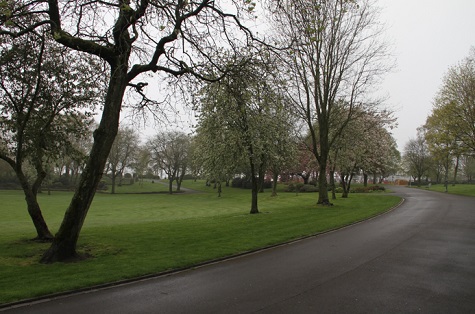
Local green space
In 2022, APSE published The State of UK Parks 2021. In 2016 the previous ‘State of the UK Public Parks’ report was published by the Heritage Lottery Fund. That report identified that there was a need for central government, local authorities and a variety of partners to work together to address the problem of declining budgets, and the impact of the loss of finance on the quality, availability and future sustainability of UK’s parks. In this 2021 ‘State of the UK Public Parks’ report, published by APSE, they are disappointed to have to repeat many of the warnings made 5 years ago. Funding for our parks is once again at a tipping point with the loss of parks funding in further decline from £500 million lost between 2010 and 2016 to a further £190 million in 2021. A total of £690 million over the past decade.
Whilst their report reflects on initiatives to stimulate parks, they find that continued austerity measures have not been ameliorated by central government support, which has amounted to sporadic and small-scale grants to support initiatives such as ‘pocket parks’ and small renovation projects. In many cases, funding can only be accessed by costly and inefficient bidding systems, which take little account of local need. As a consequence, the financing of urban parks has continued to be woefully inadequate for local authorities, who manage around 85% of the UK’s urban parks.
It would seem even with all this evidence the Government is still not prepared to listen to the many committed parks professionals and associations to try to find a way to solve this problem. Continuing down this route will lead to even further reduced standards and the closure of many public amenities in the coming years.
Thank a greenkeeper
While on the subject of committed people, I see that BIGGA has instigated and is proud to host Thank A Greenkeeper Day again this September.
This is when those who love golf are invited to show their appreciation to the hardworking professionals who make the sport possible – which I think is a fantastic idea.

Enville GC
Greenkeepers continually strive to keep the game's playing fields healthy and beautiful with environmental stewardship as a primary focus. Thanks to the overall efforts of the golf industry, golf courses are using less water, employing sustainable management practices and expanding natural wildlife habitats on courses.
Utilising the hashtag #ThankAGreenkeeper, the day is a social media movement seen by millions of people in the UK and further afield and has a real impact on the working lives of golf course professionals. Gestures of support boost morale, increase job satisfaction and foster a culture of mutual respect.
Thank A Greenkeeper Day 2023 takes place on Tuesday 12 September.